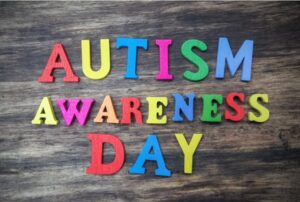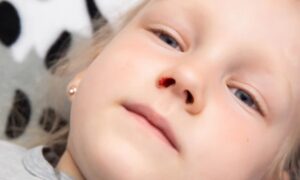Adenoid Facies is a major concern for many parents, especially when children develop chronic mouth breathing and noticeable changes in facial shape. Understanding the causes, recognizing early signs, and seeking timely intervention are crucial to protecting a child’s facial development and overall health.
- What is adenoid facies?
Adenoid facies refers to a set of facial changes caused by long-term mouth breathing. Common features include a long face, protruding upper teeth, dry lips, and dark circles under the eyes. - How does adenoid facies develop?
It mainly happens because enlarged adenoids block the nose, forcing the child to breathe through the mouth. Over time, mouth breathing affects the normal development of the jawbone and facial muscles. - Can adenoid facies heal on its own?
Mild changes may partially improve with early treatment (such as managing enlarged adenoids and restoring nasal breathing). However, more serious facial changes might require orthodontic treatment or even surgery. - How can I tell if my child might have adenoid facies?
Signs include: mouth always slightly open, flattened nose bridge, longer-looking face, crowded or misaligned teeth, unclear speech, and dark circles under the eyes. - What should I do if I suspect my child has adenoid facies?
Take your child to see an ENT (ear, nose, and throat) specialist as soon as possible. They can check for enlarged adenoids or other breathing problems. Treatment may involve medication, surgery, or special mouth muscle exercises. - Will my child's face go back to normal after adenoid removal?
If treated early enough, facial development can gradually improve. But if the bone structure has already changed noticeably, additional orthodontic or corrective treatments may be needed. - How can I prevent adenoid facies?
Early detection and treatment of adenoid problems are key. Help your child develop good nasal breathing habits and maintain healthy oral and nasal hygiene. - At what age is treatment for adenoid facies most effective?
Treatment is most effective when started before the bones and facial structure are fully developed, usually before the age of 12. Early intervention can greatly improve outcomes. - Is mouth breathing always caused by adenoid problems?
Not always. Mouth breathing can also be caused by allergies, chronic nasal congestion, or other nasal issues. That’s why it’s important to get a proper diagnosis from a doctor. - Besides appearance, are there other health risks with adenoid facies?
Yes. Long-term mouth breathing can lead to sleep problems, lower oxygen levels, trouble concentrating, and even speech and dental issues.













